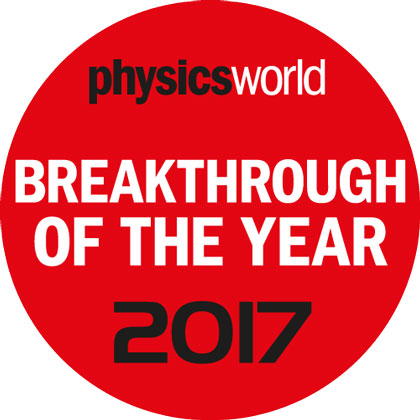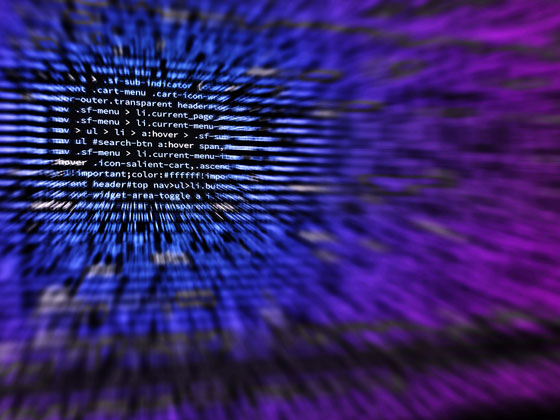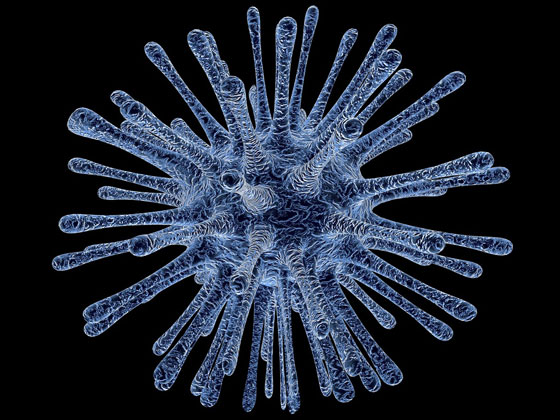News
-

Quantum Science and Technology
A multidisciplinary, high impact journal devoted to publishing research of the highest quality and significance covering the science and application of all quantum-enabled technologies.
-

Action needed now to save forest area the size of India
An area of forest the size of India will be lost by 2050 unless carbon pricing and anti-deforestation policies are put in place. That is the primary finding of a new study carried out by researchers from the Center for Global Development, Washington, DC, and the University of Wisconsin-Madison, published today in Environmental Research Letters. […]
-

More ambitious climate targets could save coastal ecosystems
The difference between the Paris climate agreement’s two alternative temperature targets – 1.5°C (2.7°F) and 2.0°C (3.6°F) above pre-industrial levels – may be the difference between life and death for some coastal ecosystems threatened by sea-level rise. That is a key finding of new research from Tufts University, Rutgers University–New Brunswick, and the Potsdam Institute […]
-

Multimessenger astronomy observation of kilonova GW 170817 is Physics World 2017 Breakthrough of the Year
The Physics World 2017 Breakthrough of the Year goes to the international team of astronomers and astrophysicists that ushered in a new era of astronomy by making the first ever multimessenger astronomy observation involving gravitational waves. This year’s winners include more than 1,000 […]
-

Superconducting qubit 3d integration prospects bolstered by new research
Researchers from Google and the University of California Santa Barbara have taken an important step towards the goal of building a large-scale quantum computer. Writing in the journal Quantum Science and Technology, they present a new process for creating superconducting interconnects, which are compatible with existing superconducting qubit technology. The race to develop the first […]
-

Model sheds new light on pathogen cooperation
New approaches are needed to control the spread of epidemic diseases, according to the developers of a new model of the way pathogens can ‘cooperate’. Their study examined the ways two pathogens work together, finding that cooperativity between contagion processes is likely to make the spread of contagious infections more severe. Writing in the New […]
-

Air quality and health in US will improve from other nations’ actions to slow climate change
The USA will benefit from improved air quality in the future, through actions to reduce greenhouse gas (GHG) emissions both domestically and globally. That is the primary finding of new research led by the University of North Carolina at Chapel Hill (UNC), published today in the journal Environmental Research Letters. It comes following the decision […]
-

Study: Air pollution battle is crucial to China’s public health
China’s measures to improve air quality are working, but more stringent policies should be put in place to safeguard public health, a new study has shown. Air pollution in China, especially in mega-metropolitan areas, is a matter of concern due to its impact on public health. The study, from Tsinghua University, Beijing, used satellite-derived aerosol […]







